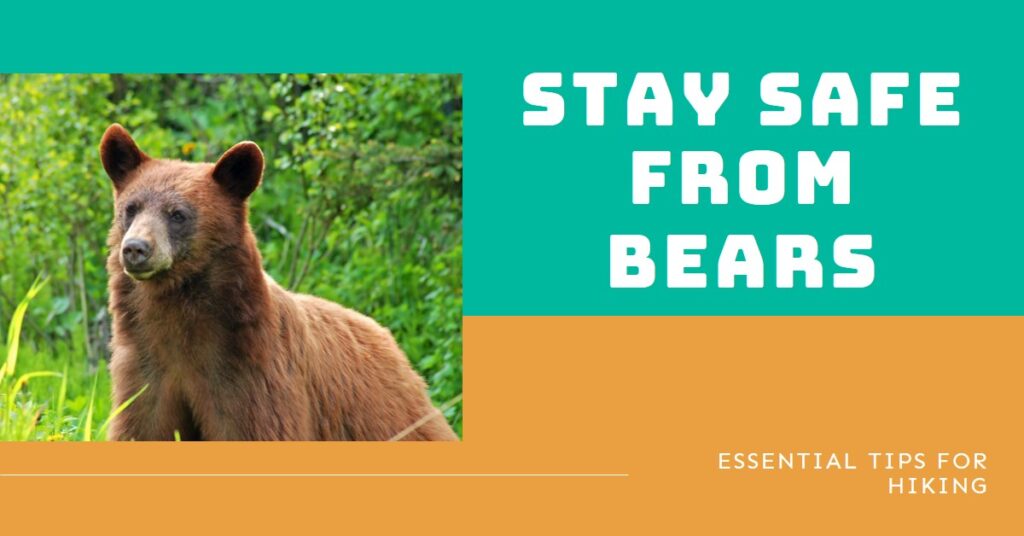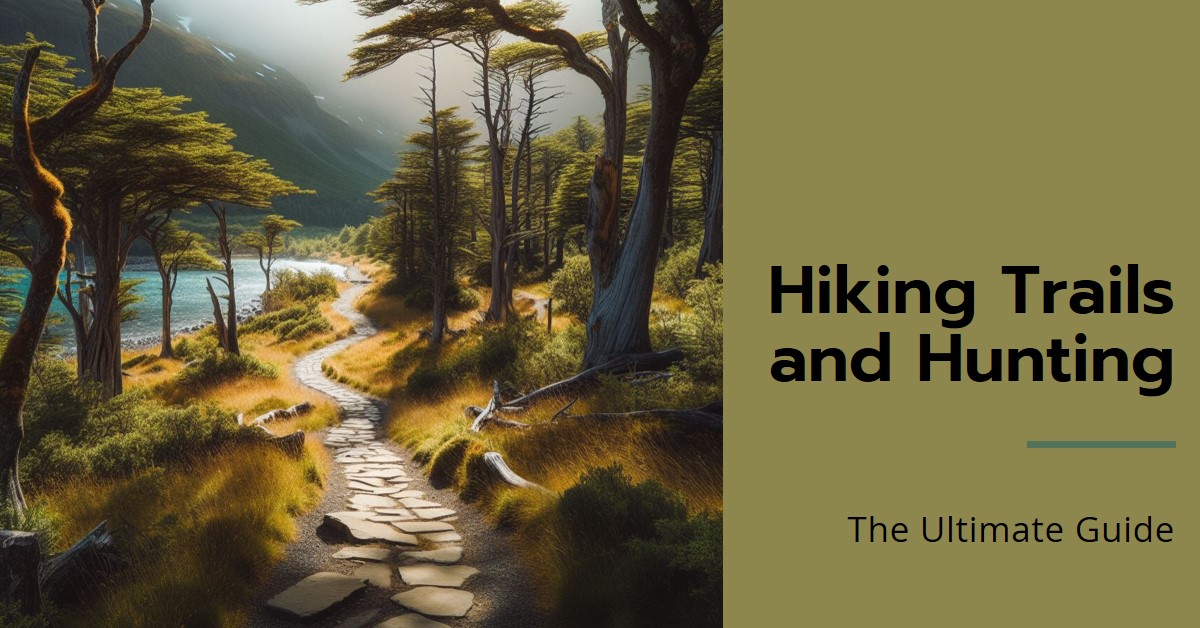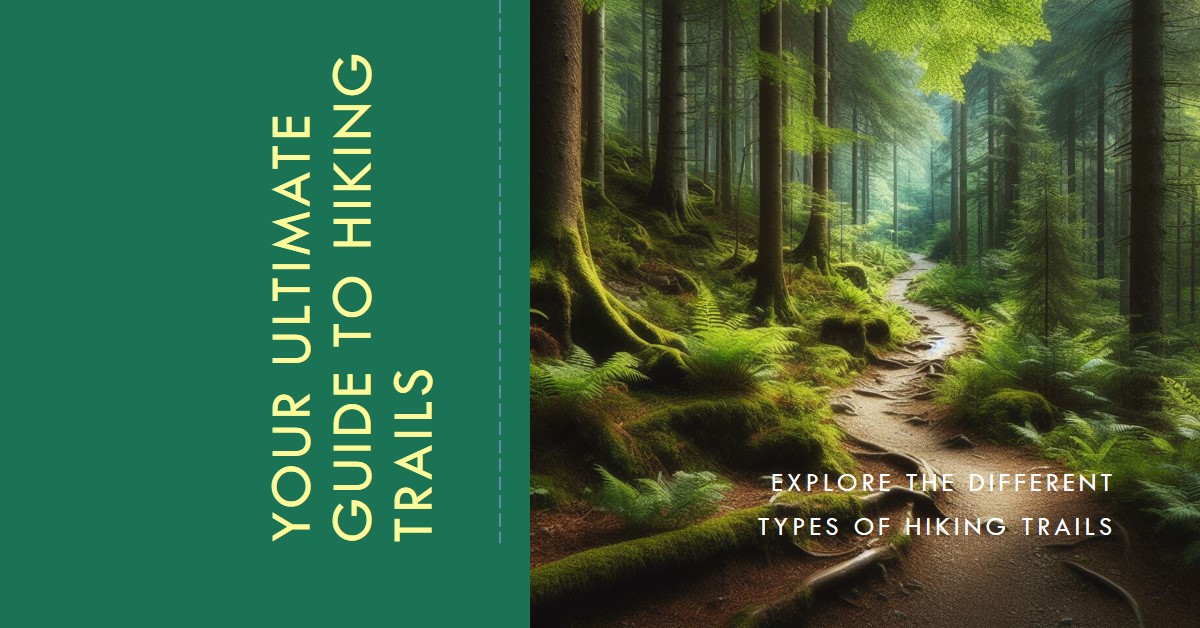Table of Contents
Master the Mountains: Effective Bear Safe Practices for Hikers
Embarking on a wilderness adventure takes more than just packing essential gear. Especially when youre entering bear country, safety protocols that include staying in large groups and having bear spray at hand are additional, yet crucial, precautions.
Bear encounters are always unpredictable, but understanding and adhering to fundamental safety guidelines significantly reduce your risk. So ditch your solo hiking for now, pack those bear safety essentials, and let us take you through the crucial strategies to mount a successful bear defense on your outdoor expeditions.
Group Hiking: Your Basic Bear Deterrent
In the heart of bear country, your best safety protocol is to hike in packs. Bears are less likely to approach larger groups since it raises there threat perception. Beyond just numbers, maintaining high vigilance and awareness of your surroundings along wtih complete compliance with the region-specific hiking rules ensures a secure and memorable adventure.
Bearing the Bear Spray: A Life-Saver in the Wild
Adding to your bear-safety toolkit, bear sprays are lifesavers. They serve two functions—ward off a potential bear attack and stimulate a strong deterrent effect keeping bears at bay. A combination of hiking in groups while armed with bear spray drastically reduces the likelihood of undesired bear encounters.
Stopping Bear Encounters Before They Start
Prevention is paramount–even more so when it pertains to bear encounters. A large group’s presence lowers the odds of meeting a bear, but prior research of the bear-inhabited bear-inhabited areas can add another layer to your safety measures. BE intentional about keeping your group together and making enough noise to steer bears clear from your path. Don’t forget to keep your bear spray accessible, further deterring any bear advances.
Surviving a Bear Encounter: Knowing What To Do
If a bear does cross your path, the first step is to gauge its behavior. Look for signs of predatory intent or defensive disposition. For a defensive bear, the best response is to play dead, laying on your stomach and protecting your head and neck to signal the absence of threat from your end. Keep calm and stick to the safety protocols designed beforehand, including group hiking, noise production, and being ready with your bear spray.
Bear Safety Best Practices: Tips for a Secure Adventure
Here are some fundamental practices to lower the chances of bear encounters:
*
Pack Suspension
– Securely hang your belongings and food from a tree branch using a bear-resistant bag or canister.
*
Bear Canisters for Food Storage
– Specially designed containers that provide a scent-proof food storage solution, reducing the likelihood of attracting bears.
*
Adherence to ‘Leave No Trace’ Principles
– Responsibly handling your waste, primarily food-related, to Minimize your impact on the environment and reduce the attraction of bears.
*
Understand bear behavior and signs of activity
– Be alert for signs of bear activity, such as tracks, scat, or claw marks, to imediately implement appropriate safety measures.
Bear Safety FAQs
*
What is the most effective way to deter a bear?
– Forget bear bells! Use loud sounds such as clapping, yelling, or talking loudly to alert the bear to your presence. Never run away; Remember to stay calm and move slowly.
*
How likely is it that you will encounter a bear while hiking?
– The risk of encounter depends on the location and the safety measures in place. Hiking in groups, using bear spray, and making noise significantly reduce potential bear encounters.
*
What is the best bear deterrent?
– The answer is bear spray, when used correctly. Combined with group walks and noise production, these measures can effectively prevent bear encounters.
*
How can you ensure your safety from bears?
– Always walk in groups, carry bear spray and know how to use it, make frequent noises and keep a safe distance from bears.
Conclusion: Safety first, adventure later
Bear safety is of utmost importance during your outdoor excursions. Walking in larger groups, making noise, carrying bear spray, and understanding bear behavior are keys to reducing the risks associated with bear encounters. Always stay calm, remember to "play dead" when necessary and follow your predetermined plan for an exciting yet safe hiking experience. Remember, keeping the bears at bay ensures a safer day.














